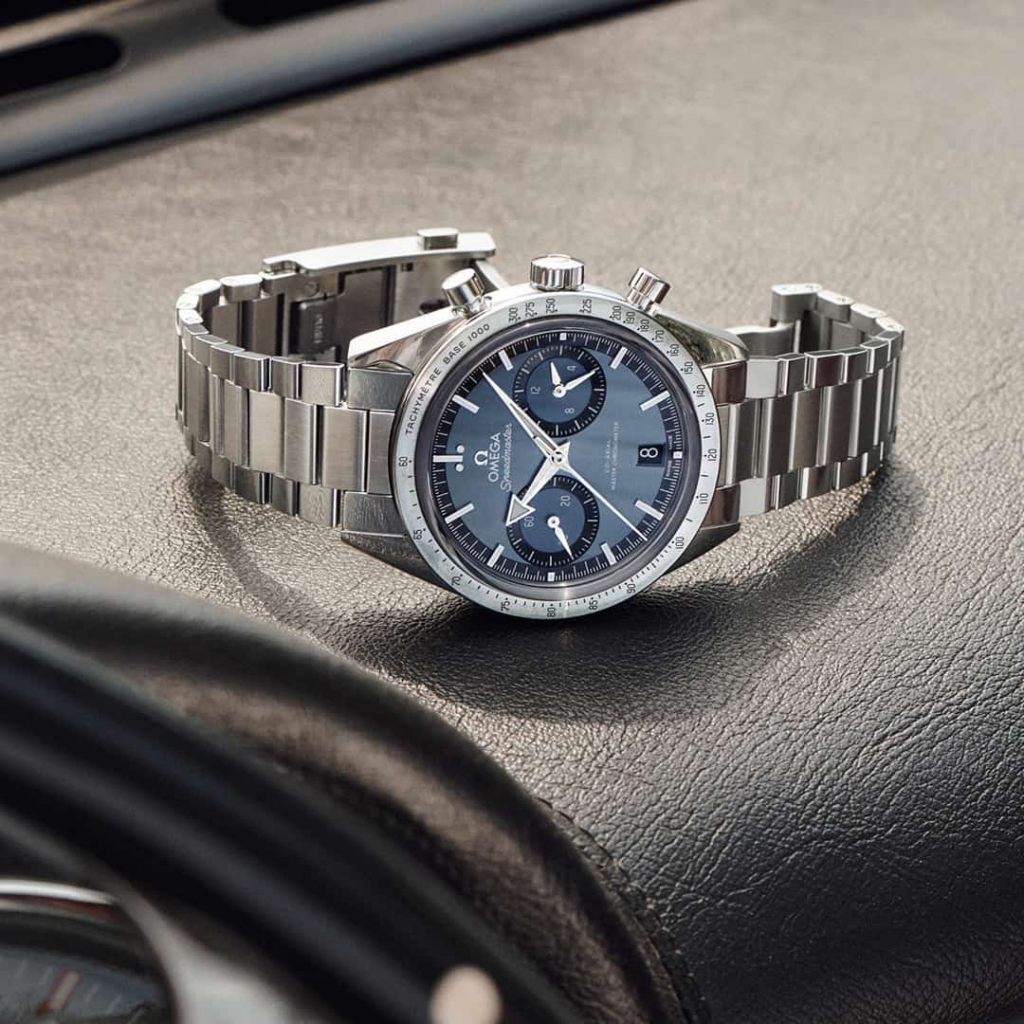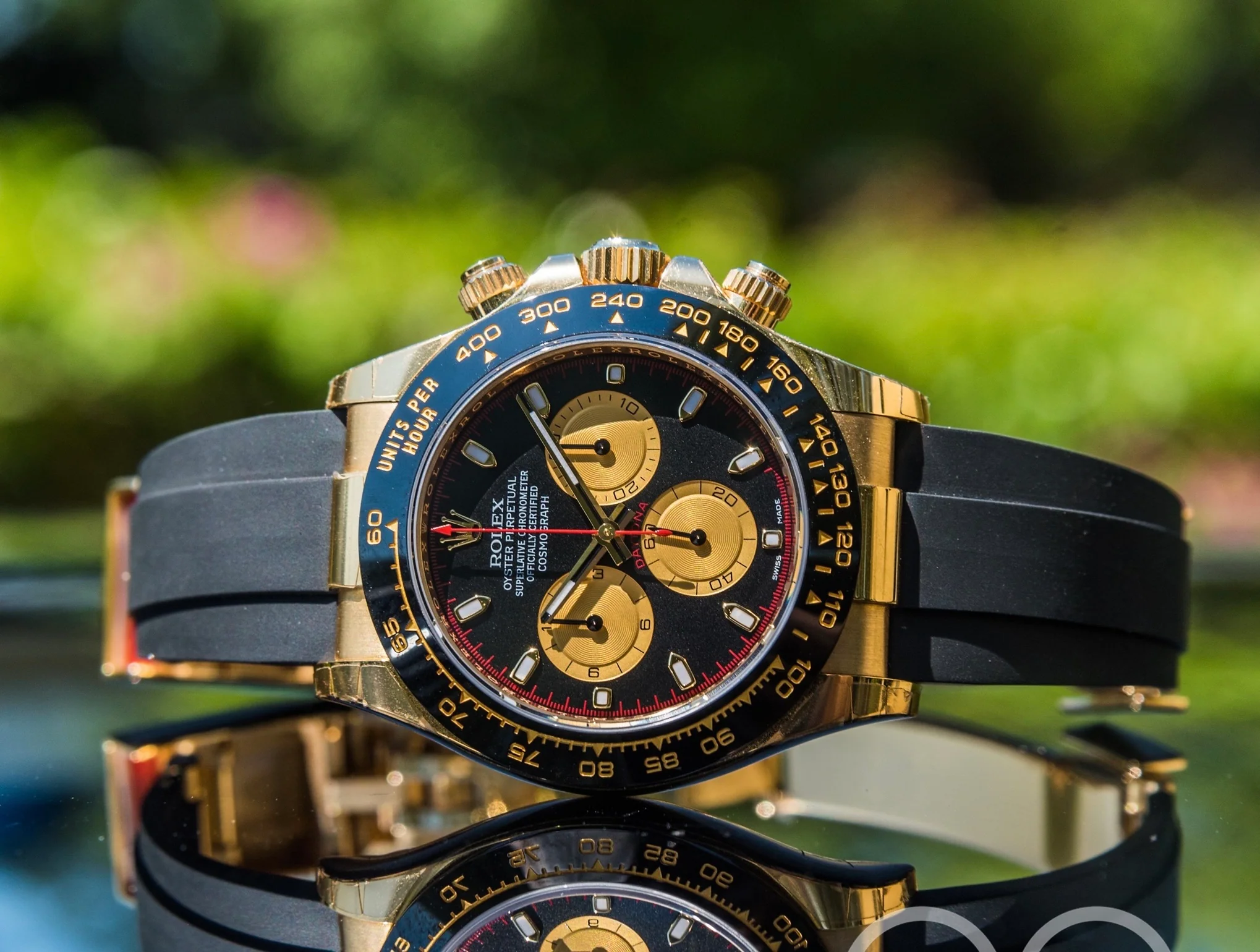When you hear the tick-tock of a mechanical watch, you’re not just hearing time pass; you’re listening to tradition, craftsmanship, and a bit of rebellion against our tech-filled lives. Mechanical watches are experiencing a resurgence, and it’s not just because they look good on your wrist. They’re about making a statement in a world where our phones can do practically everything.
Maybe you’re considering a mechanical watch, or perhaps you’re just curious why anyone would bother when digital is so much simpler. This guide will walk you through the ins and outs of mechanical watches, explaining why these old-school pieces still hold such appeal today.
What Exactly is a Mechanical Watch?
A mechanical watch isn’t powered by a battery; it’s powered by you. When you move, your watch’s rotor swings and winds the mainspring, storing energy. This energy is released through a complex series of gears that keep the hands ticking. This process is what gives a mechanical watch its distinct, smooth-sweeping second hand. In comparison, quartz watches powered by a battery give that jerky tick per second.
Think of it as the difference between driving a stick-shift sports car and an automatic. Both get you where you need to go, but only one gives you that deeper connection to the machine. That’s why a mechanical watch is more than just a timepiece; it’s a statement.

Types of Mechanical Watches: Automatic vs. Manual
Mechanical watches come in two main types: automatic and manual.
Automatic Watches: These watches wind themselves as you move, thanks to a rotor that spins inside. If you’re someone who wears a watch daily, an automatic model is convenient because it keeps ticking with your movement.
Manual Watches: With these, you wind the crown to power the watch. Manual winding is often a ritual for owners, something they do daily that connects them to their watch in a way an automatic can’t. It’s old-school and a little extra work, but some people enjoy the meditative act of winding their watch each day.

Why Buy a Mechanical Watch? The Real Appeal
So why invest in a watch that costs more, needs more care, and isn’t as precise as your smartphone? Let’s be real; a mechanical watch is about much more than just telling time.
- Status and Style: Owning a mechanical watch is like wearing a suit that’s been tailored just for you. It’s a statement that you appreciate the finer things and aren’t just about what’s convenient.
- Craftsmanship and Legacy: These watches are often handmade, with intricate details and craftsmanship that take months or even years to perfect. It’s not just a purchase; it’s a piece of history on your wrist.
- Mindful Luxury: When you wear a mechanical watch, you’re slowing down and appreciating the art of time itself. Unlike the buzz of notifications from a smartwatch, a mechanical watch gives you a break from all that digital noise.
What Does “In-House Movement” Mean?
In watch lingo, “movement” refers to the watch’s engine. The “in-house movement” concept is a hot topic in the watch world. Essentially, it means the brand made the movement (engine) themselves instead of sourcing it from someone else. It’s like a chef making every component of a dish from scratch. Brands like Rolex, Jaeger-LeCoultre, and Zenith are famous for creating their own movements in-house, which often appeals to watch collectors looking for something unique and fully designed by one brand.
For budget-conscious buyers, though, choosing a watch with a third-party movement (like those from ETA or Sellita) is a perfectly good choice. They’re reliable, easy to repair, and don’t compromise on quality. Whether in-house or not, knowing what’s under the hood helps you make a more informed decision.

Third-Party Movement Makers: Who’s Who?
Not every brand has the resources or expertise to make its own movements, so many rely on third-party suppliers. Here are a few big names:
- ETA: Known as the “workhorse” movement, ETA has been around for decades and is used by brands like Hamilton and Tudor. It’s durable and dependable.
- Sellita: Once an assembler for ETA, Sellita now makes movements on par with ETA’s best. If you see an SW200 inside, you’re getting solid performance without the luxury markup.
- Seiko and Citizen: From Japan, these brands offer affordable yet highly accurate movements. Seiko’s Grand Seiko line is particularly respected, rivaling many Swiss models in quality and craftsmanship.
- Valjoux: Known for its iconic 7750 chronograph movement, Valjoux is part of the Swatch Group and provides reliable timing for some high-end brands.
Why “Swiss Made” Still Means Something
If you’re buying a Swiss-made watch, you’re getting a level of craftsmanship backed by strict regulations. To qualify as “Swiss Made,” at least 60% of a watch’s production cost must be generated in Switzerland, and the movement must be encased and inspected there. While some parts may come from other countries (like China), the bulk of what you’re paying for is Swiss labor and expertise.
Sure, other countries like Germany and Japan make quality watches, but the “Swiss Made” label continues to set a standard for quality and prestige in the industry.

New Innovations in Mechanical Watches
Mechanical watches aren’t stuck in the past; they’ve come a long way from the 17th-century designs. Let’s take a look at some modern updates:
- Silicon Escapements: Silicon is now used to make certain parts of the watch more durable and less prone to wear. Brands like Ulysse Nardin and Patek Philippe have embraced silicon to improve accuracy and reduce maintenance.
- Co-Axial Escapements: Invented by watchmaker George Daniels, this design allows Omega watches to maintain accuracy longer and need less servicing. It’s a simple tweak that makes a big difference in how the watch performs over time.
- High-Frequency Movements: Zenith, with its El Primero 3600, has developed a movement that measures 1/10th of a second, which is a huge deal for chronograph watches.

The Real-World Practicality of a Mechanical Watch
Owning a mechanical watch is a commitment. If you don’t wear it daily, you may need to wind it or set the time occasionally. But this little inconvenience is a reminder to slow down, a ritual that forces you to pause. It’s a tiny rebellion against the instant nature of digital life.
For some, the challenge of owning a mechanical watch is the point. You can buy an Apple Watch that tracks everything from your heart rate to your texts, but that’s exactly the point. A mechanical watch offers something more human – a connection to time that’s measured in minutes and hours rather than blips and beeps.
Practical Tips for First-Time Buyers
If you’re ready to buy a mechanical watch, here are some tips:
- Do Your Research: Not all mechanical watches are created equal. Decide if you want an automatic or manual wind and check out the movement inside.
- Consider Resale Value: Brands like Rolex and Patek Philippe hold their value well over time, so if you’re looking for a long-term investment, keep that in mind.
- Match Your Lifestyle: Think about how you’ll wear your watch. If you want something you can wear daily, look for models with durable cases and sapphire crystals (scratch-resistant glass).
- Start Simple: If you’re new to mechanical watches, start with something simple before diving into the world of complicated movements. This will let you appreciate the basics without being overwhelmed.
- Budget for Maintenance: Mechanical watches need servicing every few years to keep them running smoothly. Plan for this when setting your budget.

The Wrap-Up
A mechanical watch isn’t about keeping perfect time. It’s about keeping a connection – to tradition, craftsmanship, and yourself. Whether you’re a fan of Swiss luxury or just appreciate the art of good watchmaking, a mechanical watch adds a little something extra to your daily life. It’s a reminder that time, for all its importance, is best enjoyed in moments, not in seconds.









